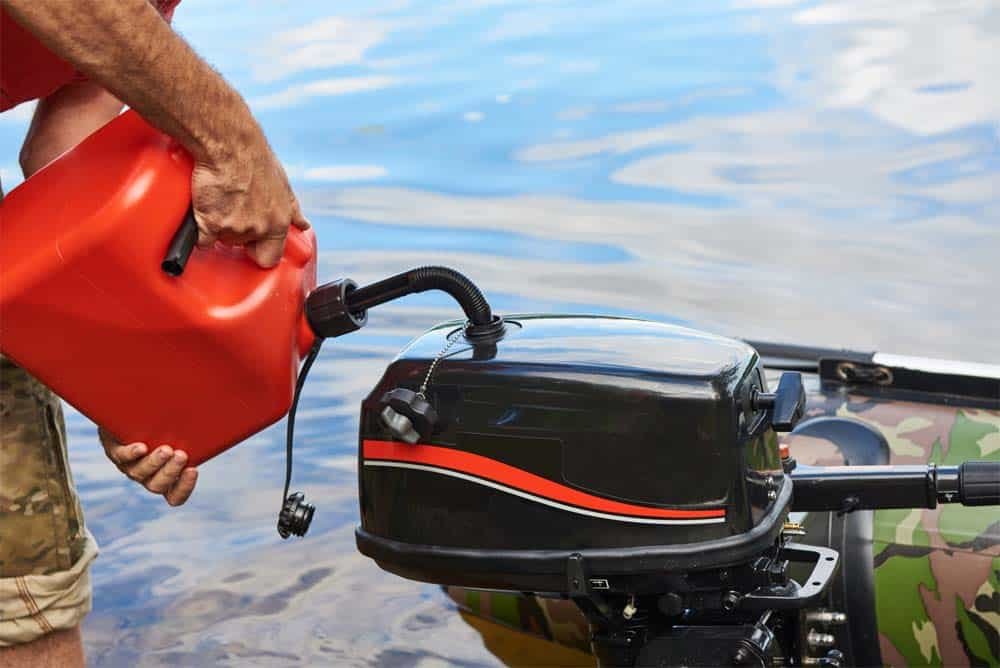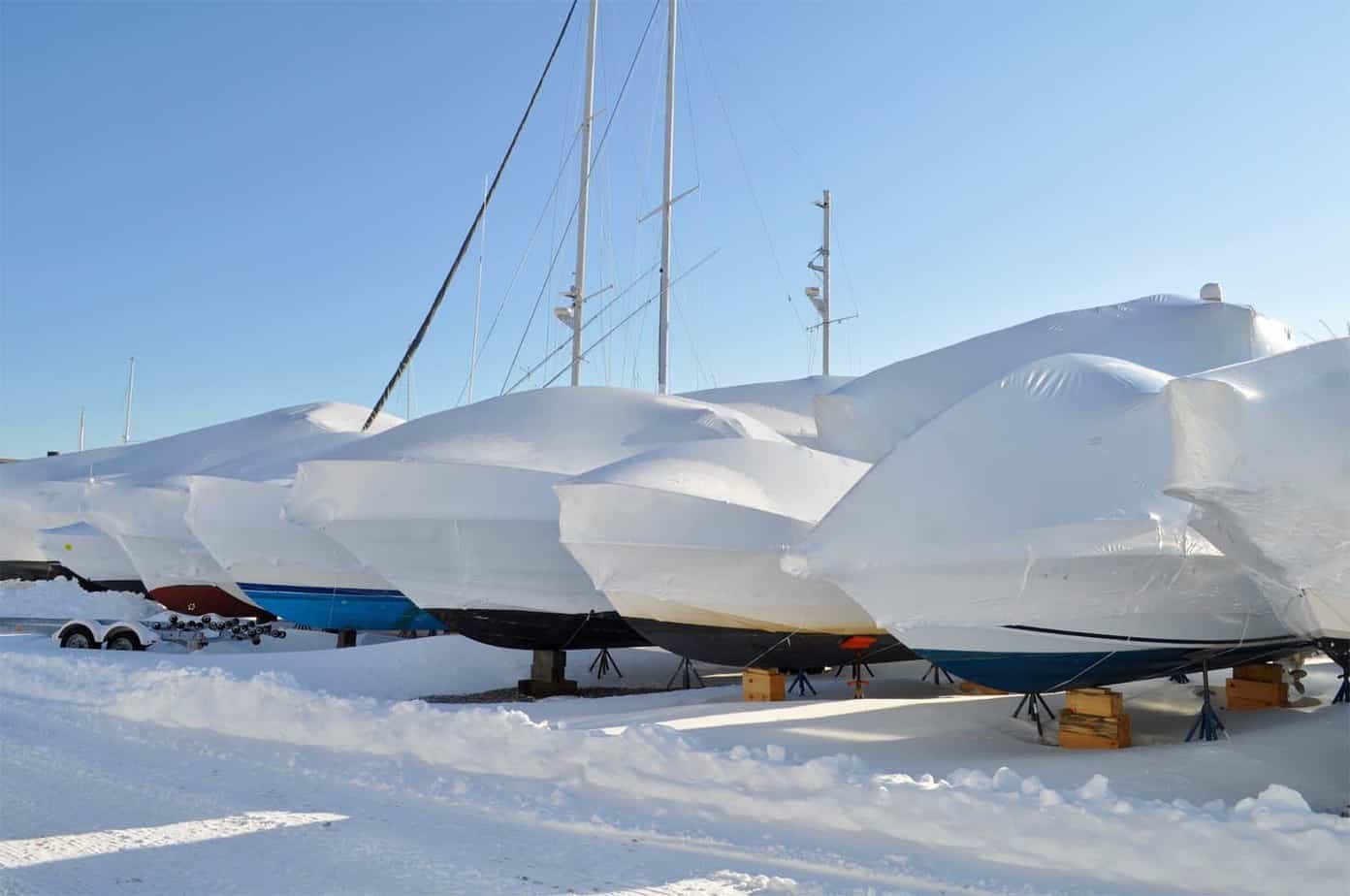When it comes to making a long-term based boat storage preparation, planning the proper fuel treatment becomes a vital matter. The traditional process of winterizing the boat’s fuel tank changed remarkably in recent times, and that credit goes to the proliferation of ethanol in marine fuel.
Nowadays, winterizing the fuel tank is as important as preparing your engine for the winter slumber. “Some people treat their boat as like their child”.
And if you are one of those people, you must be serious when it comes to taking care of your boat. On that note, you are going to find this article quite helpful because it’s about “how to winterize your boat’s fuel tank“.
Why Do You Need to Winterize the Boat’s Fuel Tank?
We had no worries about storing fuel in the boat’s tank for the winter before ethanol. Before ethanol-infused fuel, all you had to do is adding a stabilizer, and the gasoline would have stayed fine whether the tank was filled top to bottom or empty.
But nowadays, ethanol-infused fuel has changed everything, especially during the winter. Now fuel comes in the ethanol-blended form. The waters get absorbed by the gasoline in ethanol and, then it goes all around the gasoline.
As you can see, the ethanol is getting soaked up and supplying more and more water. As a result, the engine might start to sputter, lose power, and cause corrosion. And we don’t think you would let something like that happen to your boat.
Several Ways You Can Treat Your Boat Fuel for Long-term Storage
If you have been planning to store your boat’s fuel for a long time, here are some simple guidelines you can follow:
- You should spend most of the current fuel storage by going on a late-season boating trip.
- Filling up the tank nearly full-volume with fresh fuel can be effective.
- Avoid using gasoline that contains ethanol.
- When filling up the boat’s tank for storage, you got to add a fuel stabilizer additive.
- You can go for a short run just to distribute the fuel.
- As soon as the next season arrives, go on boating right then with the stabilized fuel.
Tank Filling Procedure
Marine engine experts and technicians advise storing your boat’s fuel tank almost full. However, you just got to leave a little bit of space to fit the expansion of the fuel when the temp rises.
When you are going to fill the tank, it will displace all the air in there and removes any possibility of condensation forming in the tank. It may happen when the boat is placed or in any unheated house.
You know usually the temperature stays cooler, in the evening than midday, and the alternation of temperature in different climates during the six-month off-season can impact the leftover-air in the fuel tank to surplus and contract.

The tank uses its vent to breathe and tends to draw air that is mostly damp during the winter. The ethanol blend fuel will absorb the moisture in the air or compress it on the tank’s side, especially when the tank is metal built.
In such a scenario, water could take place in the bottom of your boat’s fuel tank and corrupt the whole fuel system. The bottom of your tank will start to have corrosion or form deposits and more issues.
Fuel Stabilizing Procedure
The best thing would be to decide to store your boat’s fuel tank with fresh fuel that has been processed with a high-quality fuel stabilizer additive. The main aim here is to get rid of the fuel in your boat’s tank by going for a late-season ride; after that, fill it up with fresh-fuel before you leave it for storage.
The instruction is very important for you if you have a gasoline-powered boat or carburetor equipped in-board engine. If you leave untreated fuel in the carburetor, it can get quickly oxidated leave, it with deposits that can bring trouble in the next season.
Modern gasoline especially, ethanol-contaminated gas, can become sour in just a couple of weeks. The best thing would be stabilizing the boat fuel in the offseason. If you own a smaller boat with a portable tank, then apply that to mix the stabilized-fuel and make it travel through the motor.
In the next season, you can experience a trouble-free ride with the stabilized fuel. You might have a look at the owner’s manual to know the long-term storing routine advised for your engine and abide by those instructions.
You may rich the article for cover a boat properly
Quick Advice:
Here is some quick advice for you to make sure you don’t end up damaging the engine.Because that’s going to cost a whole lot of money.
- Never over-fill your boat’s tank, leave adequate space for expansion when the weather heats up and, you would not want to cap your fuel tank vents.
- Leave breath expansion because when the fuel tank won’t get enough space and lead to condensation and damage.
- If your boat has a fuel valve, then shut it off.
- When your carbureted engine is old, you can do two things; either turn off the fuel valve or take off the fuel line and keep it running as long as theirs any fuel.
You have to follow this advice before you start the main process of winterization, or else you might ruin the whole system. If you are not well-experienced, then take experts’ advice before you start the process.
Final Words:
As you can see winterizing, your boat is a process that needs some good planning and preparation. If you are still not confident to do it by yourself, you can always take experts to help though it’s not that difficult.
You just got to prepare the well then follow the instruction above step by step. Winterizing the fuel tank of your boat will offer you a trouble-free start in the next season. So, even if it seems a bit hectic, do it anyway.
As you have the answer to your question “how to winterize your boat’s fuel tank.” we hope now you can do it by yourself and save your boat.
[tcb-script async=”” src=”//z-na.amazon-adsystem.com/widgets/onejs?MarketPlace=US&adInstanceId=58630dca-e00b-4b31-839a-8b3b798aa93a”][/tcb-script]

